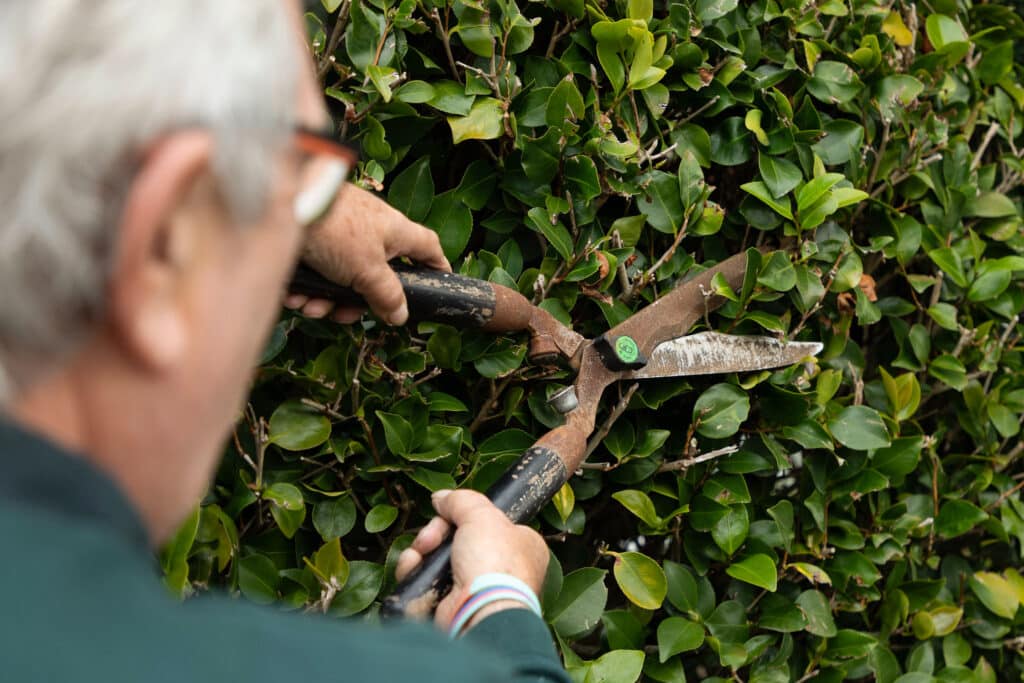For Immediate Release:
Dateline: Cleveland,
OH
Monday, February 5, 2024
 A number of associations we work with have seen their annual convention exhibit space sales lag attendance, which has recovered since the pandemic. Conversely, sponsorship revenue is back to pre-pandemic levels and has upside potential. If your sponsorship menu and prospectus look similar to 2019, a refresh can help you seize this growth opportunity. Here’s a step-by-step guide for auditing and refreshing your sponsorship menu. The first two steps are critical for organizing your sponsor data for analysis. Steps three through five should be done collaboratively with a small workgroup. - Itemize your inventory. On a spreadsheet, list every sponsor item that you offered for your 2019 and 2023 major conference. For each year, include the number of options available, number sold, and itemized price for each. Add fields that calculate the unsold inventory for each year.
- Assign categories. Add a column to sort your sponsor inventory by type. We like to use these categories: on-site branding, digital/print advertising, thought leadership, attendee/networking experiences, and VIP events. Once complete, sort your sponsor inventory so you can analyze each category one by one.
- Trim the menu. A good measure of success for a sponsor program: At least 65 percent of the available inventory is sold. If your program is performing below this metric, your sponsor menu needs to go on a diet. The first places to look for pruning are in the on-site branding and digital/print advertising categories, which tend to have a high churn rate, low sponsor ROI, and little to no value for the attendee experience. Look first to eliminate items that have not been selling and/or have a high rate of non-renewal.
- Adjust for supply/demand. Next, analyze the items that are consistently selling out — potentially, you could charge more for these higher-demand items. Competitive sponsor pricing intelligence from a couple of other conferences can help guide and validate your pricing decisions.
- Add new inventory. The best categories to consider for adding new inventory are in the thought leadership, attendee/networking experiences, and VIP events. Some emerging inventory items include wellness or charitable activations, networking lounges, and surprise and delight pop-up experiences.
- Update the flow of your sponsor prospectus. Consider re-organizing your sponsor menu by category. Start with the higher-cost-and-value categories like thought leadership and attendee/networking experiences. Follow with on-site branding and finally digital/print advertising. As items are sold, update the prospectus with a “sold” watermark.
First Right of RefusalOne of the most important attributes of a successful sponsorship program is to have fewer, but bigger investors. Many programs provide their top sponsors with the first right of refusal for renewing their investment for the following year. This is a best practice — if you’re not already adopting it, you should. Another way you can leverage the powerful lever of first right of refusal is to identify and offer your high-visibility digital and on-site branding opportunities to your top loyal sponsors first. Adapted from Dave’s Forward Thinking column in PCMA’s Convene. Reprinted with permission of Convene , the magazine of the Professional Convention Management Association. ©2023.
|